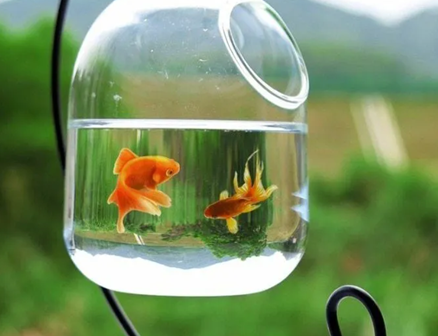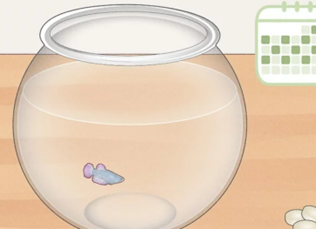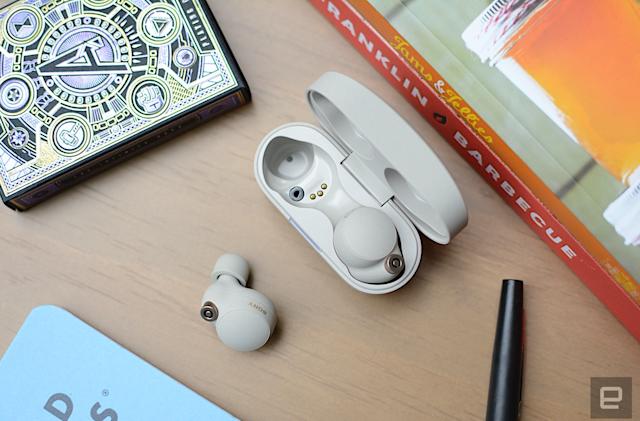How to Clean a Fish Bowl Properly?
Maintaining a clean fish bowl is essential for the health and well-being of your aquatic pets. A dirty fish bowl can quickly become a breeding ground for harmful bacteria and toxins, leading to an unhealthy environment for your fish. Knowing how to clean a fish bowl effectively involves a series of steps that ensure your fish remain comfortable and reduce their stress. Proper cleaning not only enhances the aesthetic appeal of the bowl but also supports the longevity and vitality of your fish. By following the steps outlined in this guide, you will be able to maintain a pristine environment for your finned friends. Let’s dive into the details of why it’s critical to clean your fish bowl regularly, the tools you’ll need, and the exact steps to follow for a thorough and efficient clean.

Why Is Cleaning a Fish Bowl Important?
Health and Hygiene for Your Fish
Cleanliness is vital for your fish’s health. A clean bowl reduces the risk of bacterial infections and diseases, which can be fatal to your fish. Dirty water can lead to stress, causing your fish to behave unusually or become lethargic. Regular cleaning ensures the water parameters remain stable, offering your fish a healthier and more comfortable habitat.
Preventing Algae and Odor Buildup
Algae can quickly grow in a fish bowl, especially when exposed to direct sunlight and excess nutrients. This not only makes the bowl unsightly but also competes with your fish for oxygen. Furthermore, dirty fish bowls can develop unpleasant odors due to the accumulation of waste and leftover food. Regular cleaning prevents these issues, keeping the water clear and fresh, which is more aesthetically pleasing and safer for your fish.
How Often Should You Clean a Fish Bowl?
Weekly vs. Monthly Cleaning
For smaller fish bowls, a weekly cleaning schedule is ideal. Smaller volumes of water can quickly become contaminated with waste, making frequent cleaning necessary. If you have a larger bowl with a filtration system, you might stretch this to bi-weekly or monthly. Always observe the water conditions and adjust the cleaning frequency as needed.
Signs That Indicate It’s Time to Clean
Several indicators suggest it’s time to clean your fish bowl. Cloudy water, foul odors, and visible debris are the most obvious signs. Additionally, if you notice your fish swimming near the surface frequently or acting sluggish, it could be due to poor water quality, signaling an immediate need for cleaning.
What Supplies Do You Need to Clean a Fish Bowl?
Essential Cleaning Tools
To clean a fish bowl properly, you’ll need a few essential tools. These include a clean bucket, a siphon or gravel vacuum, a soft sponge or algae scrubber, and a fish net. These tools help remove water, scrub surfaces, and safely transfer the fish.
Safe Cleaning Products for Fish Bowls
Avoid using chemical cleaners or soap as they can leave harmful residues. Opt for products specifically designed for aquariums, such as water conditioners and aquarium-safe algae scrapers. Using these safe products ensures that no harmful chemicals are introduced to the bowl, keeping your fish safe.
Step-by-Step Guide: How to Clean a Fish Bowl Properly?
Step 1 – Prepare a Temporary Home for Your Fish
Start by preparing a temporary habitat for your fish. Using a clean container filled with water from the bowl ensures your fish remain in a familiar environment, reducing stress. Gently use a fish net to transfer your fish to this temporary home.
Step 2 – Remove and Discard Dirty Water
Remove about half of the water from the fish bowl using a siphon or by carefully pouring it into a bucket. This makes it easier to handle the bowl and ensures the debris and waste are disposed of. Make sure to discard the dirty water down the drain.
Step 3 – Clean the Bowl and Decorations
Use a soft sponge or algae scrubber to clean the inside of the bowl. If you have decorations, rinse them under warm water and scrub off any algae or dirt that has accumulated. Avoid using soap or detergents on the decorations or the bowl.
Step 4 – Rinse Everything Thoroughly
Rinse the bowl and decorations thoroughly with clean, lukewarm water. This ensures that no residue from waste or cleaning is left behind. Pay special attention to corners and tight spaces where debris might collect.
Step 5 – Refill and Recondition the Water
Refill the bowl with clean water that has been treated with a water conditioner. The conditioner removes chlorine and other harmful substances from tap water, making it safe for your fish. Ensure the water temperature matches the original bowl water to prevent shocking your fish.
Step 6 – Safely Reintroduce the Fish
Gently transfer your fish back into the clean bowl using the fish net. Pouring the old water from the temporary container back into the bowl along with the fish can help maintain a stable environment. Observe your fish for a few minutes to ensure they are adjusting well.

Conclusion
Maintaining a clean fish bowl is crucial for the well-being of your fish. A regular cleaning schedule and the correct approach keep the environment healthy, thereby supporting your fish’s longevity and happiness. If you're wondering how to clean a fish bowl, this step-by-step guide will walk you through the process. By following it, you can ensure your pet enjoys a clean, clear, and toxin-free habitat. Remember, a little effort goes a long way in keeping your aquatic friends healthy and happy.
FAQ
Can I use soap to clean a fish bowl?
No, you should never use soap to clean a fish bowl. Even small traces can be toxic to fish. It’s best to use clean water and aquarium-safe cleaning products to ensure a safe environment for your fish.
How do I clean a fish bowl without removing the fish?
While it’s best to remove the fish to ensure thorough cleaning, if necessary, you can clean the bowl with the fish still inside. Use a sponge to clean the sides and a siphon to remove debris, taking care not to disturb the fish too much.
What happens if I don’t clean my fish bowl regularly?
Neglecting regular cleaning can lead to poor water quality, high levels of toxic substances, and the growth of harmful bacteria and algae. This can stress your fish, causing health issues and potentially leading to premature death. Regular cleaning is essential to keep your fish healthy and happy.







